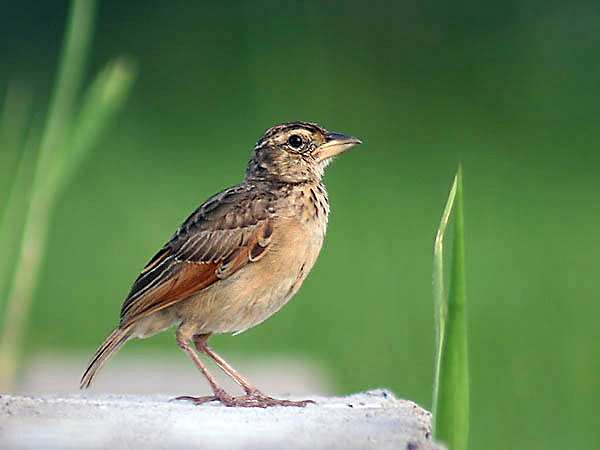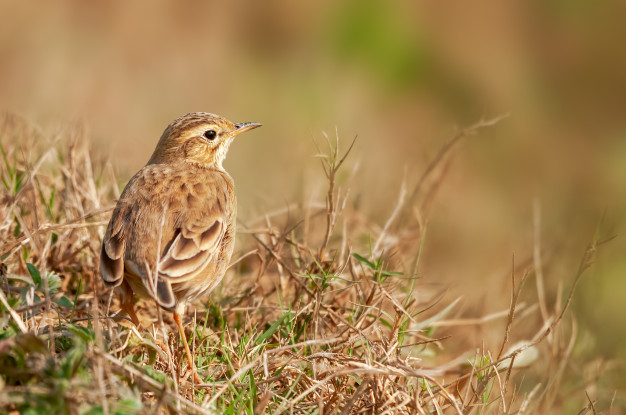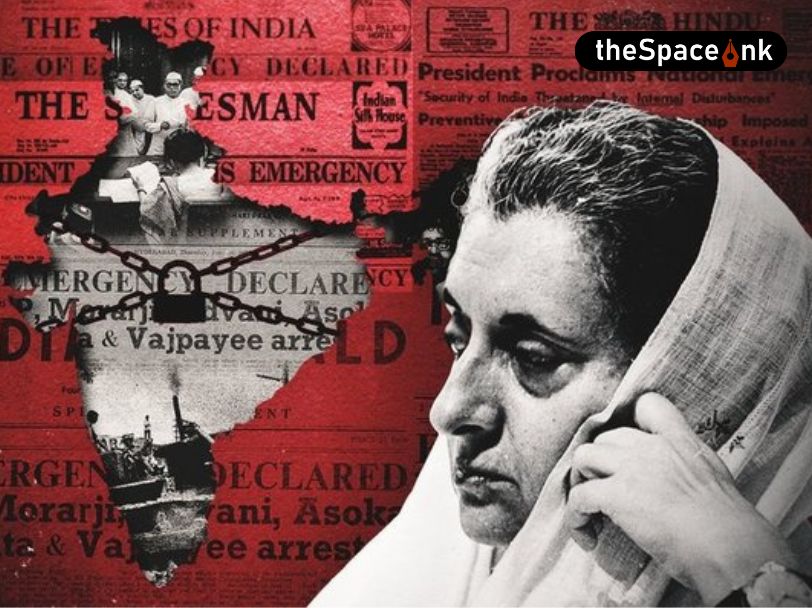Hobbies are one of the most common new year resolutions the world over. With an array to choose from, there’s one for everyone. Whether you take up a new one or indulge in your favourite old pastime, hobbies promise a mental escape from a world fraught with uncertainties. But so often these very enjoyable activities you are passionate about, become an obsession. Then, instead of helping you unwind, they end up adding to your stress-load. Just like it happened to me last year after I decided to take up birding as a hobby. I had set myself a goal to capture all the 200 species sighted in my locality.
It started off well with many migratory birds sighted around our place. One morning, as soon as I returned from bird watching, like all amateur birders, I hastily transferred the image of a new bird I’d sighted. While I’m adept at identifying garden and forest birds, grassland and wetland birds aren’t yet my forte. But how hard can it be to identify a bird? Given the internet provides infinite possibilities with public communities available for all hobbies, I imagined that would be easy. Unlike my family who consider social networking a waste of time, I’m a firm believer in its utility and efficacy. And here was a chance to prove it.

I started by googling ‘Birds of Rajarhat,’ the place of my new sighting. An image of the striated grassbird on a reputed facebook birding group of Rajarhat resembled my find. But with so many options at my fingertips, I decided to get a second opinion. I uploaded the image on twitter, and tagged a few experts I interact with regularly. Within minutes if not seconds, I would receive a confirmation and proudly add my new find to my birding list. Like with most social networking platforms, the response was prompt. It belonged to the beautiful bush lark species.
“Bush lark!” I mumbled, squinting over both images that appeared identical. I’d barely recorded bush lark in my birding journal, when another notification popped up.
An image of the striated grassbird on a reputed facebook birding group of Rajarhat resembled my find. But with so many options at my fingertips, I decided to get a second opinion.
“It’s the Bengal bush lark,” I declared over the phone to the family member in whose presence I’d photographed the bird. He too had a few birder friends with similar hobbies. He was keen to share our new find with them. Quite chuffed at having sighted my first Bengal bush lark, my daily chores felt like a breeze, until a notification from him culled my verve. Apparently, his source identified it as a grass pipit! And knowing his birding repertoire, and since we share the same birding haunts, it meant he’d seen it in bird.
“Grass pipit!” I repeated to myself. For some unfounded reason that name didn’t have a proper ring to it. Even the words felt awkward on my tongue. How was that possible? But of course it could’ve been a grass pipit. Now this wasn’t just a mistaken bird identification, my social n network standing was on the line. I’d scouted the world and got experts to weigh in. I wasn’t going to let a local birder dismiss my sources just because he’d seen the bird with his own, birding eyes. I quickly uploaded more images from all the angles. The friendly bird had allowed me to capture it from different angles. I hoping that its ear coverts, lores, supercilium; basically any part to substantiate the claim that it was a bush lark.

Suddenly, I wanted it to be nothing more but a bush lark. It felt as if my ancestors had been pursuing this species for centuries, and now at last, I’d sighted it. Bengal, Indian, Indochinese, even Jerdon’s bush lark would suffice. And as I became more frantic, from distribution maps of the various bush lark species across India, to ways to identity them; benevolent users pointed me to every imaginable page. With utmost gratitude I clicked on the link that read, how to distinguish between the Indian and Jerdon’s bush lark. For I wasn’t going to even consider anything other than a bush lark!
Given all the specifications available on the website, an experienced birder could easily identify it by its shape, length of its tail, bill, legs, toe, claw or streaks. But far from being able to figure out features from feathers, I was never good at spotting differences either. And the equivocal exercise left me addled.
Coming from a place abound in nature and wildlife, choosing birding as one of my hobbies came naturally. I have always enjoyed my cuppa with an early-morning birdsong or one at sundown. So far it had been an unsullied pleasure. Hitherto I got more serious and wanted to name each bird I’d photographed. This absolutely exhilarating moment in which I’d sighted a lifer, was losing its inherent charm. Just like so many of our beautiful experiences. We choose to complicate when we try to find deeper meaning in them or attempt to hold onto them, forever. Many times the real pleasure of life is experienced outside the constraints of targets and beyond the boundaries of goals. It lies in fleeting moments of surprise over which we have no control, nor hold!
I decided I’d had enough. There was no way I was going to allow a name to mess up my whole experience. So, to put an end to the misery, I put my trust in technology. I uploaded the image to an image identifying website. And guess what…turns out, it’s a Savannah sparrow. Even me, with my limited birding knowledge knew that bird wasn’t any kind of sparrow. And while my efforts might have been otiose in identifying the new bird, it was apparent I wasn’t alone.
Image courtesy: Wikimedia Commons, Freepik.com
Lesley D. Biswas is a freelance writer and children’s author based in Kolkata. Her interests include nature, bird photography and cricket.







